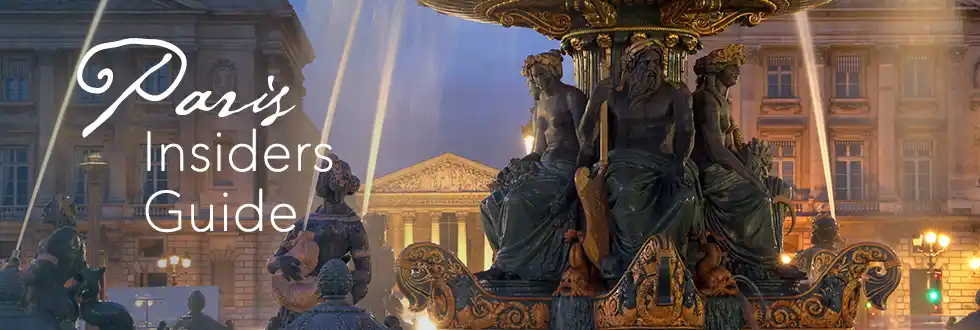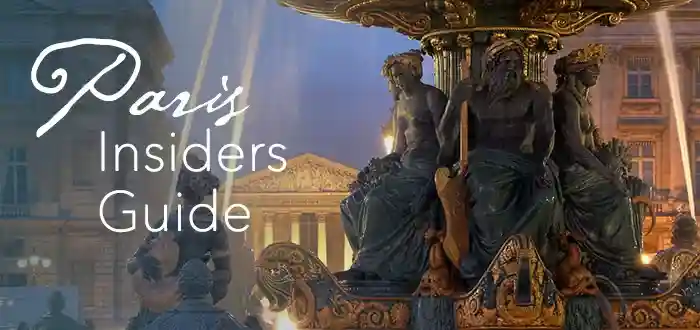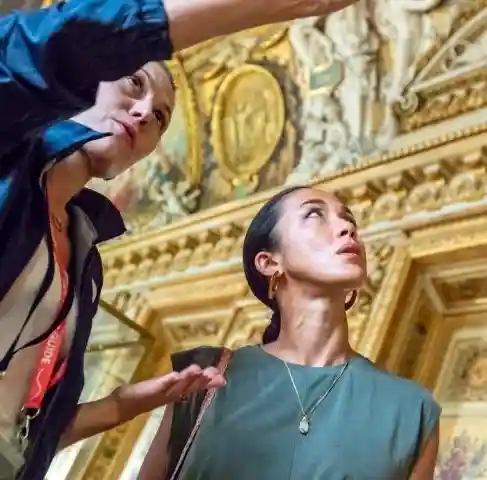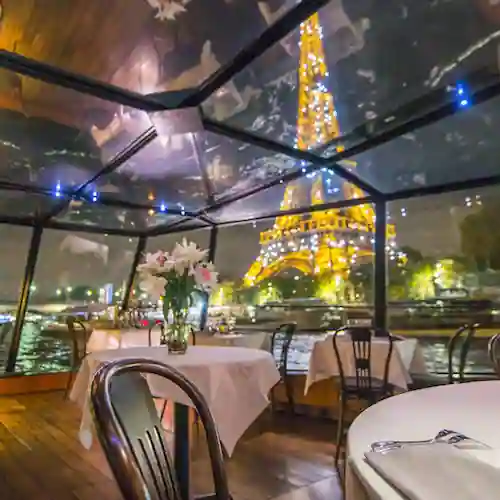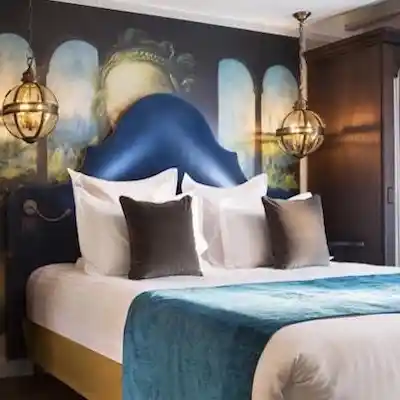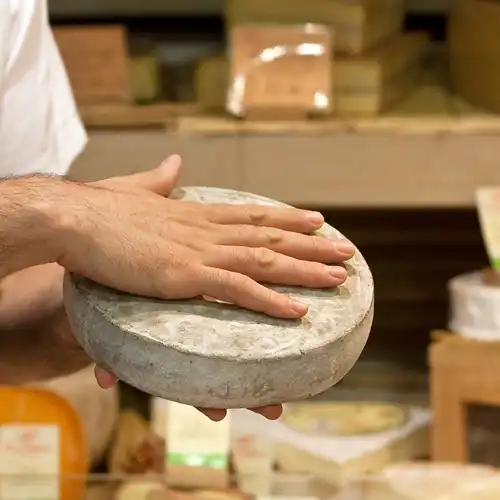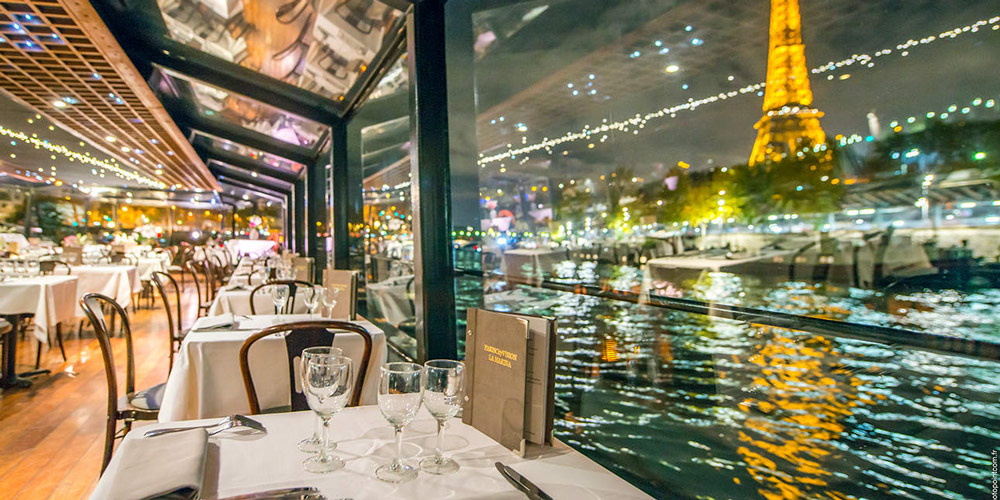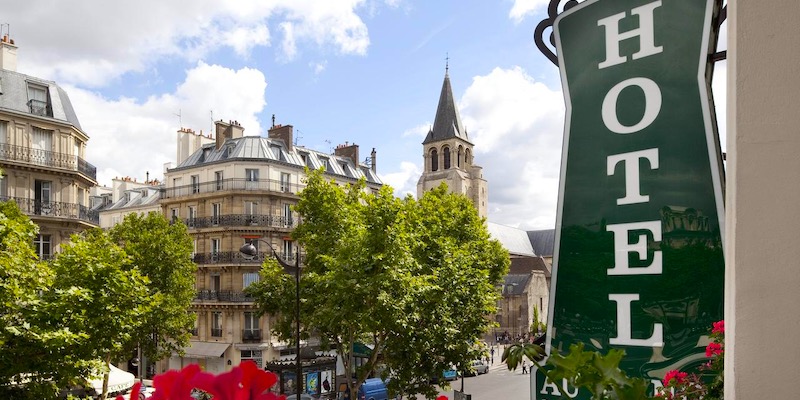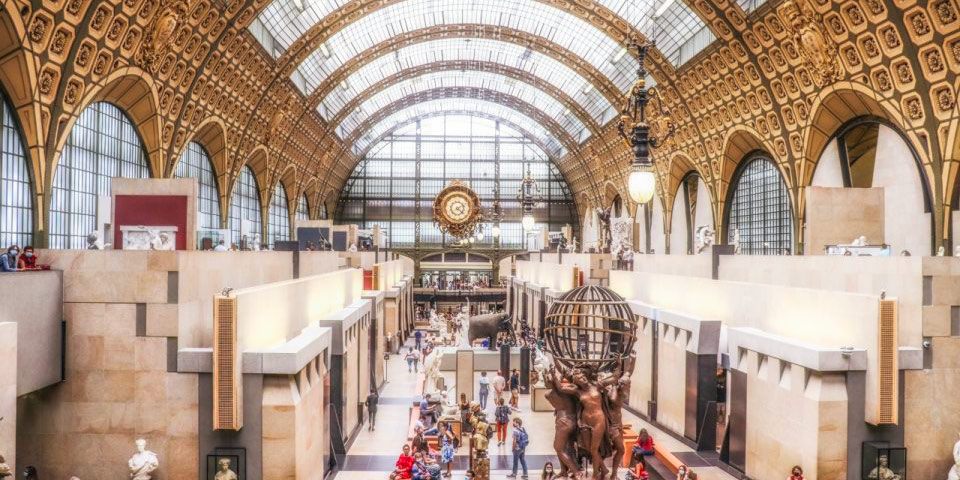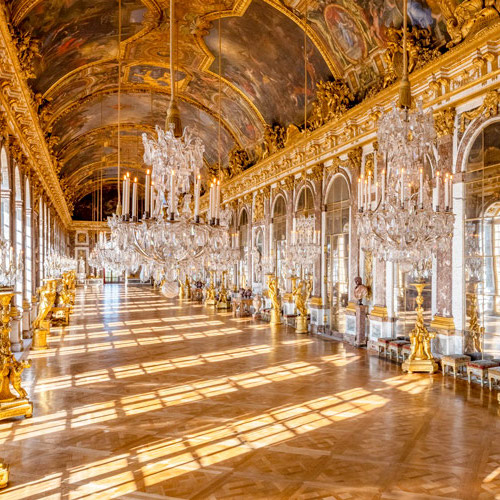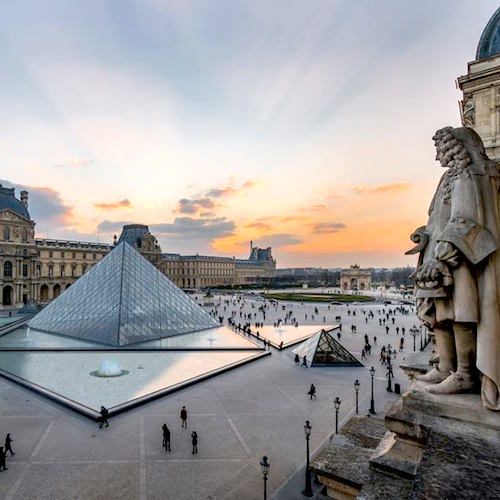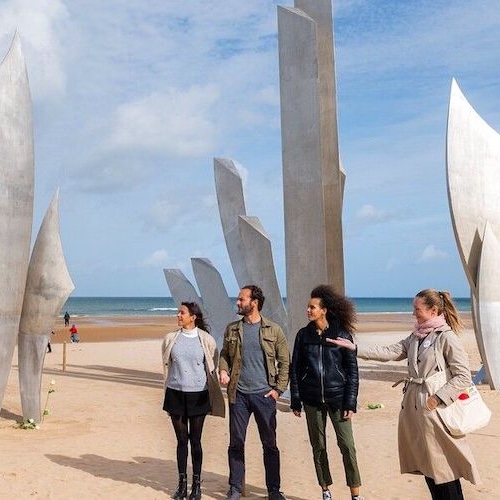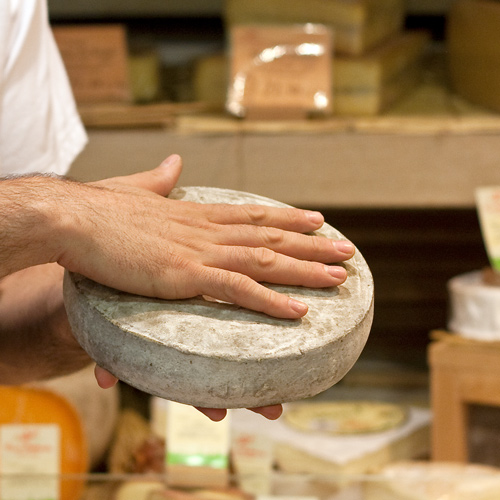Museum Of The Liberation Of Paris – A Tripartite World War II Museum
It was on August 25, 1944 that French and Allied troops rolled into Paris, ending four years of Nazi occupation of the City of Light. On the 75th anniversary of that event — known as the Liberation of Paris — a revamped World War II museum was inaugurated with a fabulous new look and in a much-improved location. Here, at the Musée de la Liberation de Paris, discover pivotal events leading to that freedom and, eventually, to the end of World War II.
![]()
Our Top-Rated Museum Tours in Paris
1. Louvre 2-Hour VIP Tour… This small-group option is the best experience
2. 3-Hour Louvre Semi-Private Tour… Feel like a VIP on a small group tour
3. Musée d'Orsay Impressionist Tour… The top-rated museum tour in Paris
4. The Paris Museum Pass… Free entry to over 60 museums and monuments
A New, Improved Museum
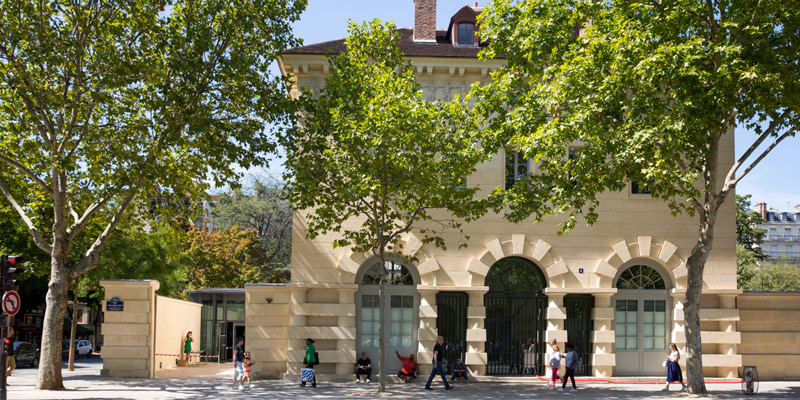 Museum Of The Liberation Of Paris, photo from Ville de Paris
Museum Of The Liberation Of Paris, photo from Ville de Paris
Inside the revitalized museum the visitor is immersed in the dramatic events leading to the eviction of the German troops in August 1944; you become caught up in the lives of the extraordinary men and women who sacrificed so much. The museum also celebrates the life of Resistance hero Jean Moulin and of Philippe de Hauteclocque, better known as General Leclerc. Let's take a look at the museum, its history, and what you will find there.
![]()
Discover What's On When You're Here...
• January... |
• February... |
• March... |
• April... |
• May... |
• June... |
• July... |
• August... |
• September... |
• October... |
• November... |
• December... |
Discover What's On When You're Here
• January...
|
• February... |
• March... |
|---|---|---|
• April... |
• May... |
• June... |
• July... |
• August... |
• September... |
• October... |
• November... |
• December... |
Paris in World War II
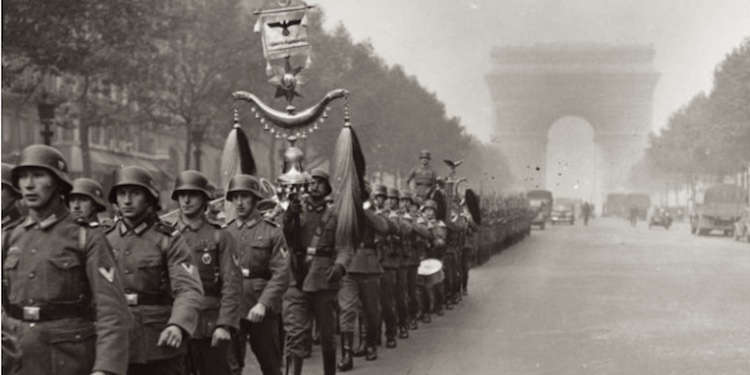 Nazi troops marching down the Champs-Elysées
Nazi troops marching down the Champs-Elysées
World War II began when Germany invaded Poland (with Russian compliance) on September 1, 1939. But it wasn't until eight months later that the German army invaded and defeated France. In just a few short weeks during May and June 1940 France suffered a collapse that shook its people and much of the world. It the months and years to follow, French citizens like Philippe de Hauteclocque and Jean Moulin would do whatever they could to defend their homeland — some in the military, some with the Resistance.
Fast forward four years to Place Denfert-Rochereau in the 14th Arrondissement and imagine General Leclerc's 2nd Armored Division coming in from Porte d'Orléans on the perimeter of Paris on the way to establish a command post at Gare Montparnasse, helping to liberate the city.
Fast forward another seventy-five years to Place Denfert-Rochereau to visit the new museum that celebrates these events and these people.
![]()
|
Paris Dinner Cruises on the Seine Dine in style as you glide past the Eiffel Tower, Notre-Dame, and the Louvre on a magical Seine River cruise. Gourmet food, champagne, and Paris lit up at night – it’s unforgettable. |
|
Paris Dinner Cruises on the Seine Dine in style as you glide past the Eiffel Tower, Notre-Dame, and the Louvre on a magical Seine River cruise. Gourmet food, champagne, and Paris lit up at night – it’s unforgettable. |
Foundation of the Museum
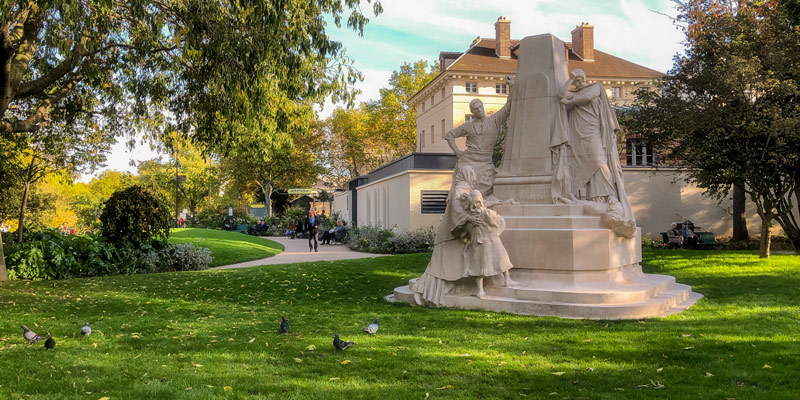 The garden of the Museum of the Liberation of Paris, photo by Mark Craft
The garden of the Museum of the Liberation of Paris, photo by Mark Craft
The museum was founded in 1994 with two donations. The first from a former Resistance-fighter friend of Jean Moulin, the man who came to symbolize the French Resistance; the second from the foundation established to honor the actions and memory of the general. To those two themes a third purpose of the museum was appended — to remember and celebrate the Liberation of Paris at the end of the war.
This tripartite museum was first housed in an awkward and hard-to-access location on the roof of the mammoth and sprawling Gare Montparnasse (train station) at the border of the 14th and 15th Arrondissements. (In fact, half of the museum was in the 14th and half in the 15th.) Lack of visibility and accessibility hampered the museum, and visitors were few.
Eventually the Paris city council decided to move the museum to a location that made more historic sense, was easily accessible, and could better present its themes. In a multi-year twenty-million-euro renovation, two heritage buildings were restored and refitted.
Today, the dynamic, chronological museum begins by setting up World War II in an historic context and then follows the events from the June 1940 Occupation up to the August 1944 Liberation (each always capitalized). The new museum makes the past come alive with hundreds of historic documents, photographs, uniforms, posters, newspapers, and audiovisual testimonies.
![]()
|
From Paris to Provence, Burgundy to Bordeaux, find hotel deals with current sale prices. Save up to 20% in cities, villages, beach towns, and storybook countryside escapes. |
|
Discover today's sale prices on hotel rooms in every village & city in France. Save up to 20%. Find hotels in Paris, Burgundy, Provence, the Loire Valley, Normandy, and everywhere else! |
Discover the Paris of World War II
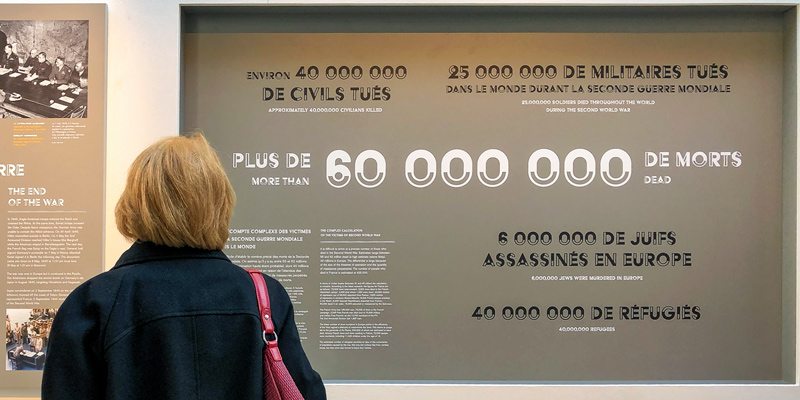 A display in the, photo by Mark Craft
A display in the, photo by Mark Craft
We spent an enjoyable long afternoon at the Musée de la Liberation de Paris and learned a lot. There is just enough English translation to make it easy to follow the story and the timeline. The museum is divided into a dozen themed spaces, all housed in an 18th-century pavilion that was originally a gatehouse in the city wall. Let's examine what we discovered as we moved from room to room.
Room 1 – Paris from One War to Another (1918-1939)
France was slowly recovering from the First World War until the economic crisis of the 1930s plunged the country into another crisis.
Room 2 – Jean Moulin & Philippe de Hauteclocque (1918-1940)
This room features photos and artifacts from the childhoods of Leclerc and Moulin and examines their lives between the wars. Whimsical personal items like Jean Moulin's skis gave us a feeling for the man.
Room 3 – Moulin Faces Exile
Here we heard about Jean Moulin's flight from France to England after the Occupation began; training there to lead the underground Resistance in France.
![]()
|
Skip the lines and join an expert-led tour through the Musée d'Orsay — home to Van Gogh, Degas, and Monet. It’s the ultimate walk through 19th-century art in a grand old train station. |
|
Skip the lines and join an expert-led tour through the Musée d'Orsay — home to Van Gogh, Degas, and Monet. It’s the ultimate walk through 19th-century art in a grand old train station. |
![]()
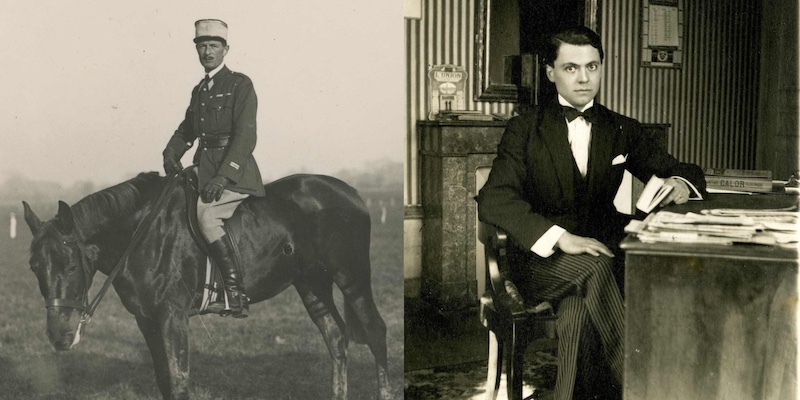 General Leclerc & Jean Moulin
General Leclerc & Jean Moulin
Room 4 – Captain de Hauteclocque & The Summer of 1940
France was split into two administrative parts. The German army occupied the north, while the south was led by former French war hero Marshal Pétain, with his government based in the town of Vichy. This room examines Pétain's unsettling decision to collaborate with the Nazis, and contrasts this with the struggles of other French citizens like Charles de Gaulle, Jean Moulin, and Philippe de Hauteclocque.
Room 5 – Paris Occupied, June 1940 to August 1944
On June 14, 1940, Nazi troops entered Paris. On display here is Vichy propaganda — newspapers, posters and brochures — denouncing what pétainistes called "anti-France" behavior. During the German Occupation everyday life became increasingly difficult for most French. But for Jews, the situation was extremely dangerous.
Room 6 – Resistance & Repression
Working underground, in the shadows, Resistance fighters risked their lives to combat the Nazis. Displays in this room highlight the challenges the men and women of the Resistance faced — repression, deportation, and execution. Artifacts include a forger's false papers and weapons used by the armed Resistance.
Room 7 – Jean Moulin
In 1941 Jean Moulin traveled to England via Portugal. His papers, in a false name, tell the story of his trip, and a parachute reminds us of his return to France by jumping from an airplane on the night of January 1, 1942 — returning to help to organize the French Resistance. Furnishings from Moulin's Paris apartment are also on display.
Room 8 – General Leclerc
Stationed in north Africa, General Leclerc organized the 2nd Armored Division in August 1943, using French volunteers and soldiers from the Army of Africa. In this room, portraits of these Free French soldiers gave us an idea of their commitment, despite a lack of equipment and resources.
Room 9 – The Allied Landings In Normandy
The French 2nd Armored Division arrived in France on August 1, 1944, two months after the Allied D-Day landing in Normandy. The items on display here belonged to the division's soldiers..
![]()
|
Escape to the Land of Bubbly on a small-group day tour from Paris. Taste at top Champagne houses, meet boutique producers, enjoy a leisurely lunch, and toast to a perfectly sparkling day. |
|
Escape to the Land of Bubbly on a small-group day tour from Paris. Taste at top Champagne houses, meet boutique producers, enjoy a leisurely lunch, and toast to a perfectly sparkling day. |
![]()
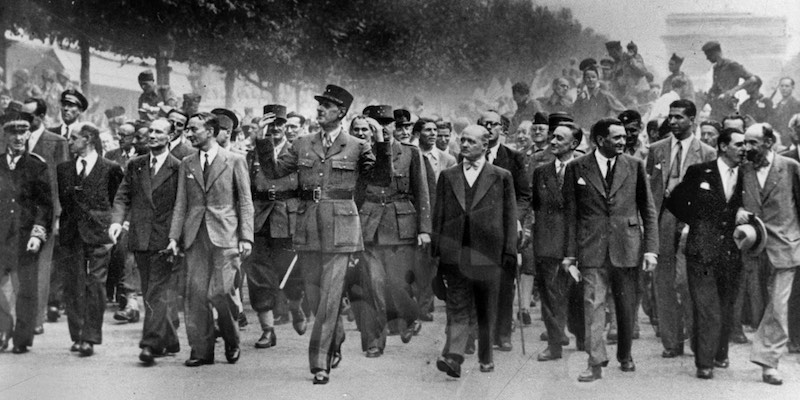 General de Gaulle's famous walk down the Champs Elysées
General de Gaulle's famous walk down the Champs Elysées
Room 10 – The Liberation Of Paris, August 1944
In August 1944, as Allied armies slowly advanced across France, Parisian citizens began to take action. On the eighteenth the Paris police headquarters and the Hotel de Ville were occupied by Resistance members; barricades were erected in the streets.
In this room of the museum we viewed objects, documents, and films that evoke the day-by-day struggle of these resistors and the retaliation they suffered at the hands of the Nazi occupiers. Particularly memorable were the films of the American 4th Infantry Division and the 2nd Armored Division arriving in Paris on the day of Liberation.
Atrium – Liberated Paris, August 25 to 26, 1944
On August 25, violent clashes occurred at Étoile, Boulevard Saint-Michel, and Place de la Republic. In a stunning turn of events, by noon of the 25th the tricolor flag of France flew above the Eiffel Tower. An audiovisual installation with eighteen screens replays the day's events. A montage shows General de Gaulle's famous walk down the Champs Elysées August 26, 1944, surrounded by a jubilant crowd.
Gallery – Leclerc After the War
The joy of the Liberation couldn't mask the harsh reality of life after the war. The human suffering of World War II was severe, and the return to normalcy was complex. General Leclerc represented France at the surrender of Japan on September 2, 1945. Despite having survived the war, he was killed in a plane crash in North Africa in 1947.
![]()
|
Taste Your Way Through The Marais Stroll the cobbled streets of the Marais while tasting your way through cheese shops, bakeries, wine cellars, and hidden gems. A local expert leads the way — and keeps the wine flowing. |
|
Taste Your Way Through The Marais Stroll the cobbled streets of the Marais while tasting your way through cheese shops, bakeries, wine cellars, and hidden gems. A local expert leads the way — and keeps the wine flowing. |
Who was Jean Moulin?
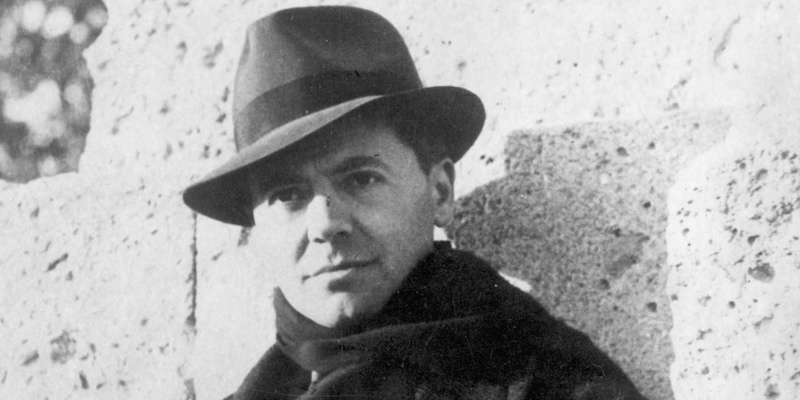 Jean Moulin during the Resistance years
Jean Moulin during the Resistance years
Born in Provence in 1899, Jean Moulin holds near-legendary status leader and central hero of the French Resistance. Before World War II, he worked as prefect (an appointed administrator) of various departments of France. During the Spanish Civil War in 1936, Moulin secretly supplied the Republicans with weapons. Moulin was prefect in the Loire region at the time of the 1940 invasion and collapse of the government; from there he witnessed the mass exodus of refugees crowding the roads.
On June 17, 1940, he was the official who met the victorious German army in the cathedral city of Chartres. Moulin was dismissed as prefect by Vichy on November 2, 1940 and then arrested by the Nazis. While being tortured Moulin attempted suicide by cutting his throat with a piece of broken glass. He survived, but was left with a scar that he would later hide with a scarf, which is the image of him most remembered today.
Released from prison, Moulin went to Marseille, traveled through Portugal, and arrived in England where he met with General de Gaulle in late 1941. As head of the Free French, de Gaulle chose Moulin as his personal representative in France and entrusted him with the mission of organizing the Resistance.
On June 21, 1943, Moulin and other Resistance members meeting near Lyons were arrested. Moulin was again tortured by the Gestapo. He died on a train sending him to Germany. In 1964, Moulin's ashes were moved from Pere Lachaise Cemetery to the Pantheon, where France inters its greatest citizens. Today in France, Jean Moulin is the fifth most popular name for a school and the third most popular street name.
![]()
The Best Evenings in Paris
|
Dinner & Cabaret at the Moulin Rouge |
VIP Dinner Cruise with Bateaux Parisiens |
|
Dinner & Cabaret at the Moulin Rouge |
The Exhausting Occupation
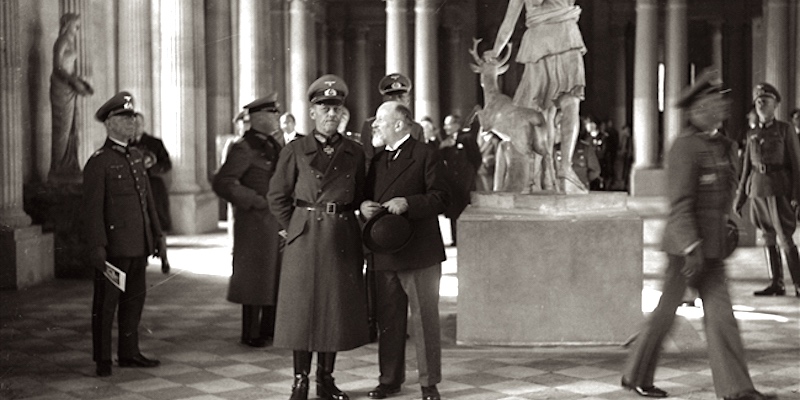 Nazi soldiers planning to "liberate" artworks from the Louvre
Nazi soldiers planning to "liberate" artworks from the Louvre
After four years of Occupation, Paris was at the brink of exhaustion. The Allies had landed on the beaches of Normandy on June 6, 1944, and Paris waited — eagerly, impatiently — for deliverance. Constant sirens, daily bombings, food shortages, and the paralysis of the transportation system made daily life an ongoing nightmare.
Hearing news and rumors from the front lines as the Allied armies advanced across France, every nearer to Paris, finally, Parisians could wait no longer. From August 19 to General de Gaulle's walk along the Champs-Elysées on August 26, Paris rose up against the occupiers. Barricades were erected; streets were torn up; men, women and children formed human chains. In one day, August 24, 1944, nearly six hundred barricades were built as the people of Paris became participants in their own liberation — finally welcoming friendly troops the next day.
Eight months later, on April 2, 1945, Charles de Gaulle presented the city and its people with the Croix de l'Ordre de la Libération (Cross of the Order of the Liberation) during a ceremony in front of the Hotel de Ville.
Traces of these dramatic events are still visible today in Paris. Bullet holes remain on police headquarters, streets have been renamed for fallen defenders; the buildings of Paris today display five hundred plaques commemorating victims of the Liberation.
Liberation Of Paris Museum – Resources
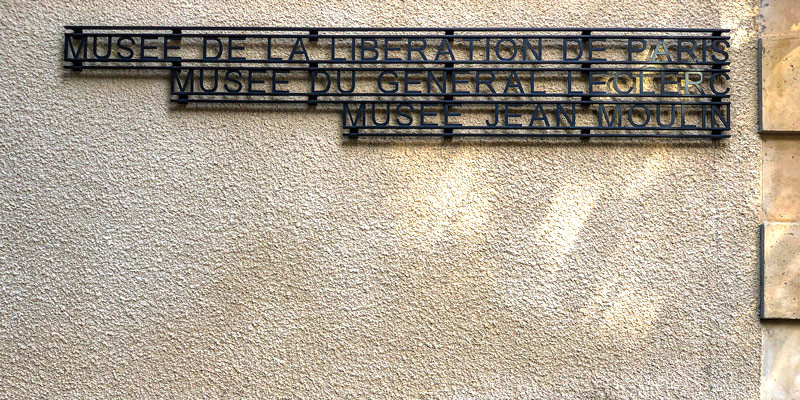
The museum is easy to get to by Metro, cab, or bus. Plus, it's only a 25-minute walk from the Pantheon or the pond at the Jardin du Luxembourg. Check the museum website for opening hours.
- Musée de la Liberation de Paris
- Musée du General Leclerc
- Musée Jean Moulin
- 4 Avenue du Colonel Henri Rol-Tanguy
- Place Denfert-Rochereau
- 14th Arrondissement
- Metro – Denfert-Rochereau
- Information…
Paris Planning Guides
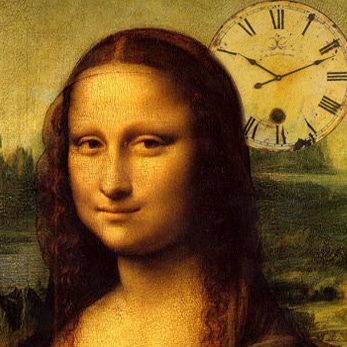 Skip the Museum Lines
Skip the Museum Lines |
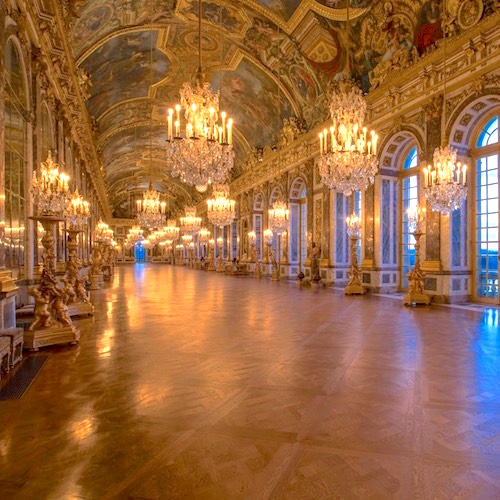 Visiting Versailles
Visiting Versailles |
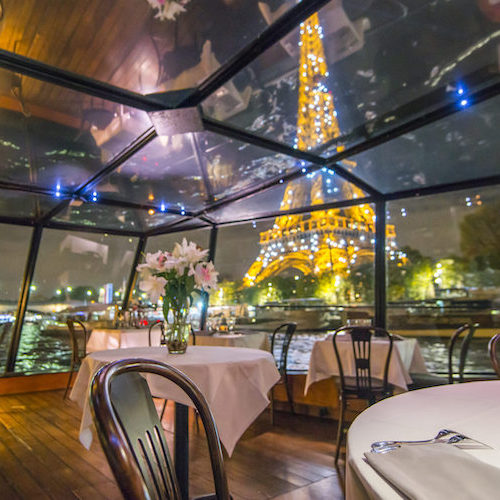 Glorious Dinner Cruises
Glorious Dinner Cruises |
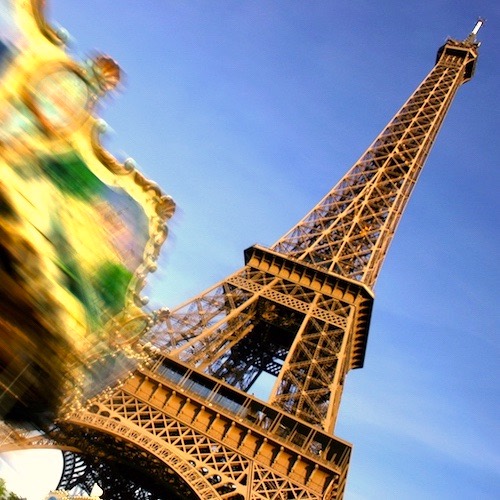 Skip the Tower Lines
Skip the Tower Lines |
Discover What's On When You're Here• January 2026 Things to Do…• February 2026 Things to Do…• Valentine's Day in Paris…• Month-by-Month Calendar… |
